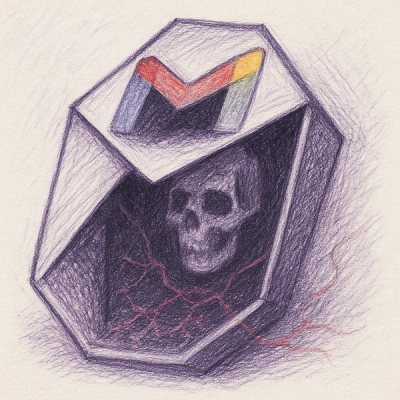
Research
NPM targeted by malware campaign mimicking familiar library names
Socket uncovered npm malware campaign mimicking popular Node.js libraries and packages from other ecosystems; packages steal data and execute remote code.
vectorclock
Advanced tools
A simple implementation of vector clocks in Javascript.
Vector clocks are represented as plain old objects with a "clock" key (which is a hash). For example: { clock: { a: 1, b: 2 } }.
Recommended reading:
increment(clock, nodeId): increment a vector clock at "nodeId"merge(a, b): given two vector clocks, returns a new vector clock with all values greater than those of the merged clockscompare(a, b) / ascSort(a, b): compare two vector clocks, returns -1 for a < b and 1 for a > b; 0 for concurrent and identical values. Can be used to sort an array of objects by their "clock" key via [].sort(VClock.ascSort)descSort(a, b): sorts in descending order (N, ... 3, 2, 1)isConcurrent(a, b): if A and B are equal, or if they occurred concurrently.isIdentical(a, b): if every value in both vector clocks is equal.Here is one way to implement read repair by detecting which clocks are concurrent, and if necessary, returning multiple values:
var responses = [ { clock: ... }, { clock: ... }];
// sort the responses by the vector clocks
responses.sort(VClock.descSort);
// then compare them to the topmost
// (in sequential order, the greatest) item
var repaired = [ responses.shift() ];
responses.forEach(function(item, index) {
// if they are concurrent with that item, then there is a conflict
// that we cannot resolve, so we need to return the item.
if(VClock.isConcurrent(item, repaired[0]) &&
!VClock.isIdentical(item, repaired[0])) {
repaired.push(item);
}
});
FAQs
A simple implementation of vector clocks in Javascript.
We found that vectorclock demonstrated a not healthy version release cadence and project activity because the last version was released a year ago. It has 1 open source maintainer collaborating on the project.
Did you know?

Socket for GitHub automatically highlights issues in each pull request and monitors the health of all your open source dependencies. Discover the contents of your packages and block harmful activity before you install or update your dependencies.

Research
Socket uncovered npm malware campaign mimicking popular Node.js libraries and packages from other ecosystems; packages steal data and execute remote code.

Research
Socket's research uncovers three dangerous Go modules that contain obfuscated disk-wiping malware, threatening complete data loss.

Research
Socket uncovers malicious packages on PyPI using Gmail's SMTP protocol for command and control (C2) to exfiltrate data and execute commands.